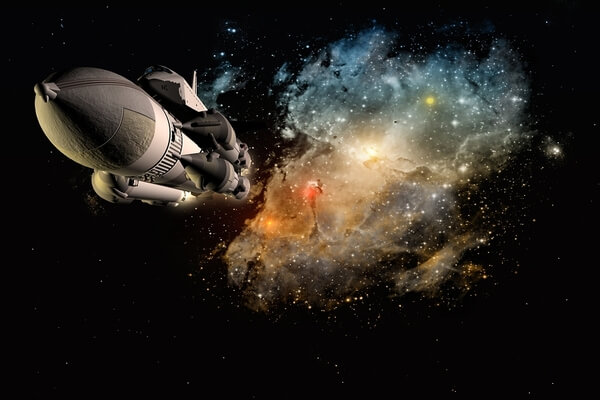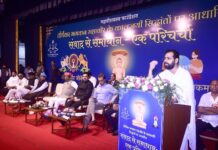Vidya Sethuraman
India Post News Service
The James Webb Space Telescope has just produced yet another stunning image: the planet Neptune, glittering like a mirror ball, as its rings and moons dance around it. The James Webb Telescope recently brought us new images of old stars and constellations, filling our minds with wonder. Looking at one of the most impactful of those photographs, one of our panelists wrote: “The endless richness of the deep field image, jam-packed with stars and galaxies, covering a tiny patch of sky, tells the history of the universe.” EMS Briefing on Sep 23 discussed can space exploration, in all its facets, help humanity discover the answer to essential questions, including finding the keys to our survival on earth.
The Webb Space Telescope was launched into space on Christmas Day, December 25, 2021, and is jointly operated by NASA, the European Space Administration, and the Canadian Space Agency. As the world’s “most powerful” space telescope, the design and construction process lasted 20 years and is one of the most expensive and complex space projects in NASA history. By the time of launch last year, the total cost was as high as $10 billion, compared to the initial budget of only $500 million.
The successful launch of the James Webb telescope in December reinvigorated excitement over the seemingly endless opportunities to expand our understanding of the universe. According to scientists, the next great endeavor is building a base on the moon.
That goal is part of the mission behind the Artemis 1 moon rocket, whose launch was again delayed due to Hurricane Ida now battering Florida’s coast. “The mission is to make sure that traveling to the moon for humans for many days is safe,” said Alexandra de Castro, science and technology communicator at PASQAL, which designs quantum computing programs.
Marcio Melendez, Principal Astronomical Optics Scientist, Space Telescope Science Institute (STScl), Baltimore, Maryland Webb Space Telescope is a “time machine” that can help humans explore the circumstances of the universe at the beginning of its birth and understand how galaxies formed, and the answers to these questions are crucial for humans.
Webb is able to characterize the abundance of different molecules in the atmospheres of “exoplanets,” which can help determine the presence of life,” said STSci’s Nicole Arulanantham. “Now whether that life is intelligent, we don’t know.”
Arulanantham’s main area of research is the formation of stars and planets. With the Hubble Space Telescope, she and her team have been looking at how young stars use ultraviolet light in the process of planet formation. “This tells us how quickly the stars are growing,” she said.







